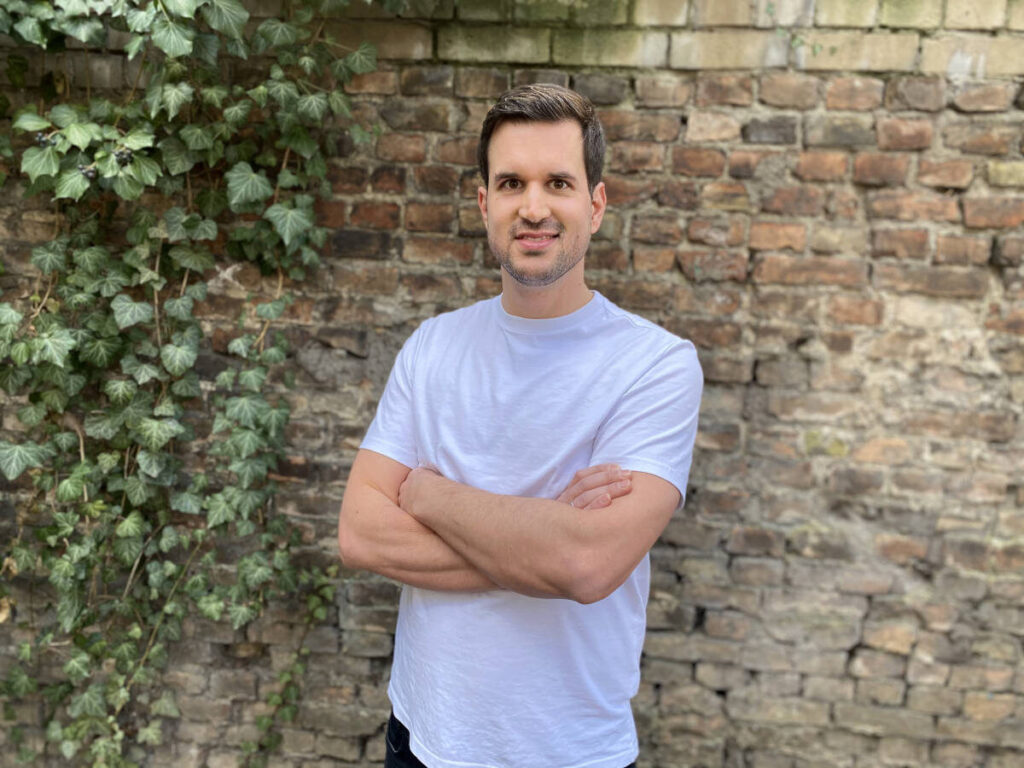We recently had the opportunity to put the elvah charging flat rate to the test. With it it is possible to drive an electric car at a flat rate. In an interview with founder and product manager Sören Ziems, our editor Hayo Lücke not only looks back, but also into the future.

TABLE OF CONTENTS
1 Flex tariff as an alternative to the Elvah flat rate
2 A look into the future
3 Report problems please!
4th It is possible to monitor improper use of the elvah Flat
5 Prices will rise – or will they?
inside digital : In the tariff jungle of charging tariffs for e-cars, elvah with its charging flat rate is a pretty interesting alternative, especially for frequent drivers. Which target group do you actually want to address specifically? You have to have a bit of money in your pocket to be able to afford elvah.
Sören Ziems : With elvah we address all electric car drivers. Even those who want to become one. We don’t just mean people who already own an electric car, but also everyone who generally has a car and is thinking about switching to sustainable mobility. We want to make electromobility suitable for the masses and so easy that everyone can, wants to use it and is ultimately completely enthusiastic. Part of this is to simplify the current complexity of the market of charging station providers and individual tariffs as much as possible.
FLEX TARIFF AS AN ALTERNATIVE TO THE ELVAH FLAT RATE
inside digital : As an alternative to the rather high-priced flat rate, elvah also offers a rate for infrequent drivers …
Ziems : … our Flex tariff with currently three 25 kWh packages at a special price …
inside digital : … which, however, can be used at far fewer charging stations than the flat rate and which also lacks the attractive money-back guarantee for charging stations that cannot yet be charged using the app with elvah.
Ziems : The Flex tariff is very tightly calculated, we provide electricity here at kWh prices of 36 cents to over 90 percent of German charging stations. We are thus offering a product that other providers cannot. The money-back loading is therefore only available in the flat rate.
inside digital: The converted 36 cents per kWh in the Flex tariff are quite attractive compared to the market, especially on DC quick charging stations. How is it possible for you to offer such a price even at Ionity charging stations, where other providers sometimes charge double or even triple the price?
Ziems: That remains elvah’s secret. Unlike the other providers, we don’t want our customers to have to pay three times the price at some pillars, because that’s what makes electric mobility so confusing and complicated at the moment. We have the best app on the market and want all electric drivers to be able to experience this – regardless of where or how much they charge. This is how we can convince them to stay with elvah in the long term and that is exactly what we are interested in.
A LOOK INTO THE FUTURE
inside digital: Let’s talk about even more bare numbers. How many customers does elvah currently have and how many should it be in the future by the end of 2021?
Ziems: We are currently not revealing the number of our customers. We can only say this much: The elvah app has been officially available since April and since then we have been growing by two to three times our original expectations every day.
inside digital: One of the reasons for this is that elvah can be used with a minimum contract term of just one month. Not afraid that many customers will only try out your offer for a month and then disappear again?
Ziems: No, we are convinced that elvah convinces with quality and comfort. In fact, based on our data, we can even see that many of our customers switch from the Flex tariff to the flat rate after a month. It also shows us that our offer is working and that we are meeting real needs. As a company, we are also absolutely future-driven: We are happy when as many people as possible switch to clean mobility. That is why we have a motto that we call “radical customer orientation”. We measure ourselves by the satisfaction of our customers. This is also reflected in the customer data.
REPORT PROBLEMS PLEASE!
inside digital: Our test from elvah did not reveal any problems for the most part. In one case, however, no connection to the charging station was possible. Such a defect is of course annoying …
Ziems : … and that’s why it’s important to let our support team know in this case. The problems with the charging station are then reported to the operator so that he can fix the problem. With elvah, we want to help ensure that problems with charging stations are resolved as quickly as possible and that electric car drivers can quickly use the charging station again.
inside digital: Another problem we discovered: The elvah app does not currently display the charging progress – such as the number of kWh already charged – but only the time that has elapsed. Will that change in the future?
Ziems : That already exists, but we are dependent on the data provided by the pillar for this. At many stations, the kWh are displayed on the charging screen. If we do not receive the data from the station, we unfortunately cannot display it and in these cases limit ourselves to the loading time. However, we are in contact with many operators to convey this important information.
IT IS POSSIBLE TO MONITOR IMPROPER USE OF THE ELVAH FLAT
Ziems : For us as the operator, a flat rate model can only work if it can be directly assigned to a car and only that car is charged. In addition, the price of the flat rate is linked to the type of vehicle: smaller, cheaper electric cars pay less per month than those from the premium segment. By specifying the VIN and license plate number, we can be sure that a car is not registered more than once and carry out a plausibility check to determine whether the information is correct. Should irregularities occur, we can contact the customer for clarification.
inside digital: Irregularities is a good keyword. Because your flat rate is also based on a fair use principle. It says that charging a second car is not permitted. What are the consequences if I do? All of this cannot really be checked.
Ziems: We can definitely see whether our customers charge with several vehicles. We have different control options for this, which I do not want to go into in detail. Just this much: We notice certain so-called patterns that suggest the use of another vehicle. On the hardware side, too, there are more and more ways to identify this. When we register a violation, we first enter into an exchange with the customer in order to find a solution.
PRICES WILL RISE – OR WILL THEY?
inside digital: Let’s take another look into the future. It is an open secret that electricity prices in Germany are rising rather than falling. Do we have to assume that the prices for charging e-cars will continue to rise and that the elvah flat rate will become even more expensive in this context? Or are even cheaper flat rate costs conceivable in the future?
Ziems: There is currently a lot of movement on the market; we see our competitors adjust prices. We are not currently planning this, neither a reduction nor an increase in prices.
inside digital: For a few days it has been possible to use elvah not only in Germany, but also in the EU …
Ziems: … in line with the start of the holidays in more than 30 countries in the EU. The best thing about it: The recommendations in our app are also part of our service abroad. In addition, outside of Germany, not only “slow chargers” but also hyperchargers are included. The function only needs to be activated in the app.
inside digital: Does that mean an extra charge in your two current tariffs?
Ziems : No, for the time being our tariffs apply exactly as they are, also abroad. We are currently serving over 150,000 charging stations with it – and more are being added every day.
inside digital: Sören, thank you for talking to us. But let us conclude with one question: What does “elvah” actually mean?
Ziems : The term “Vah” means something like “to ride along the land” in Sanskrit. We added an “el” for electric and that’s how elvah came about. So carefree driving overland with an electric vehicle. We found that pretty fitting.


